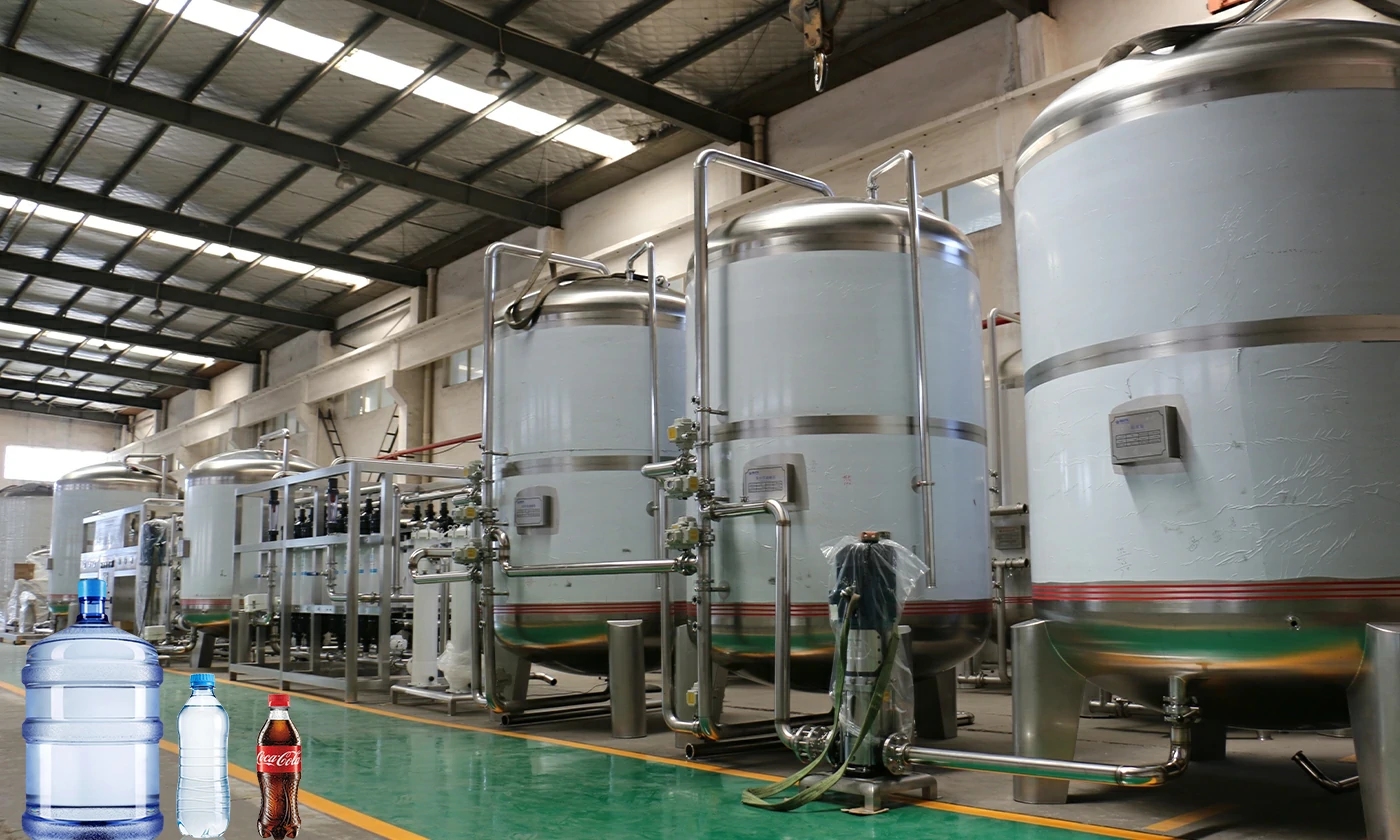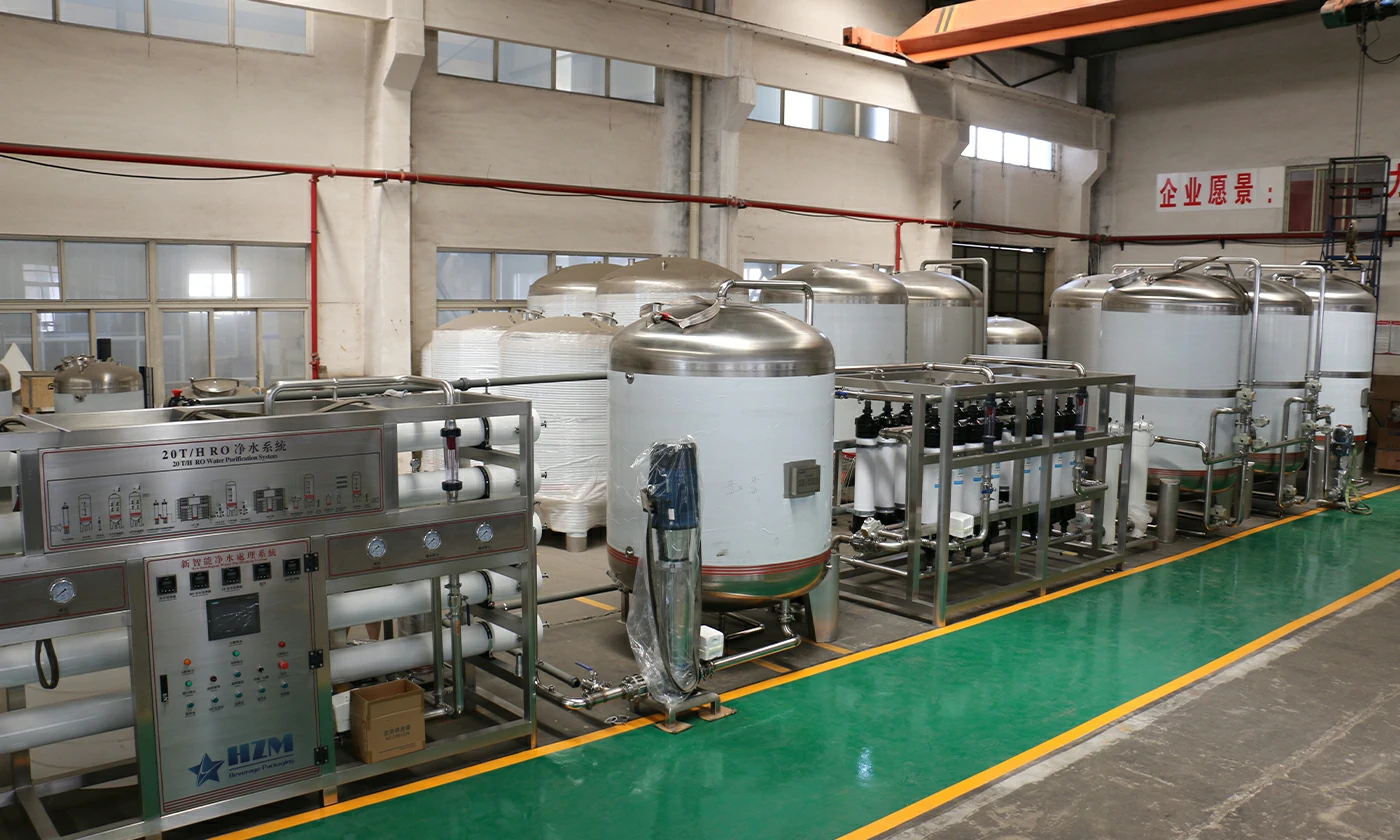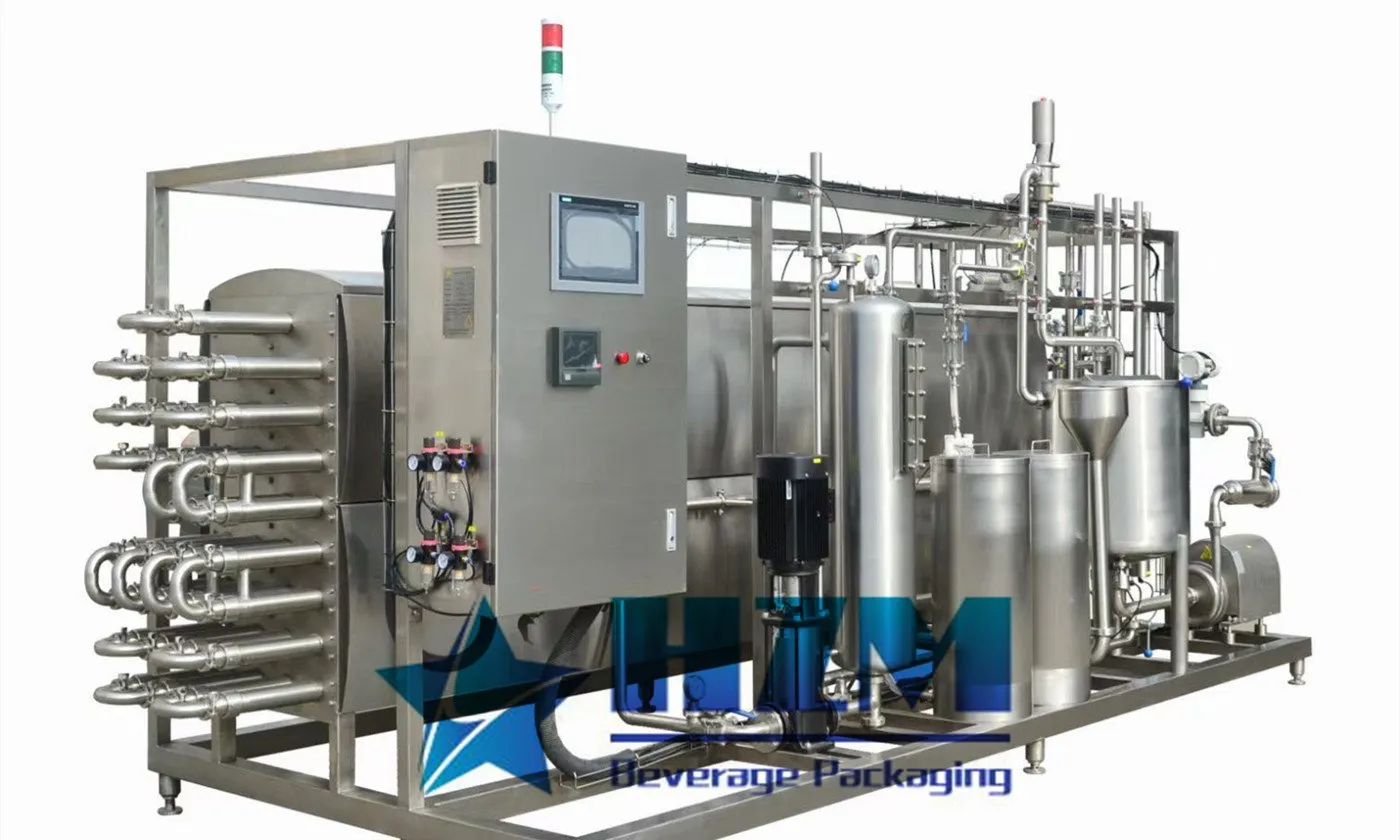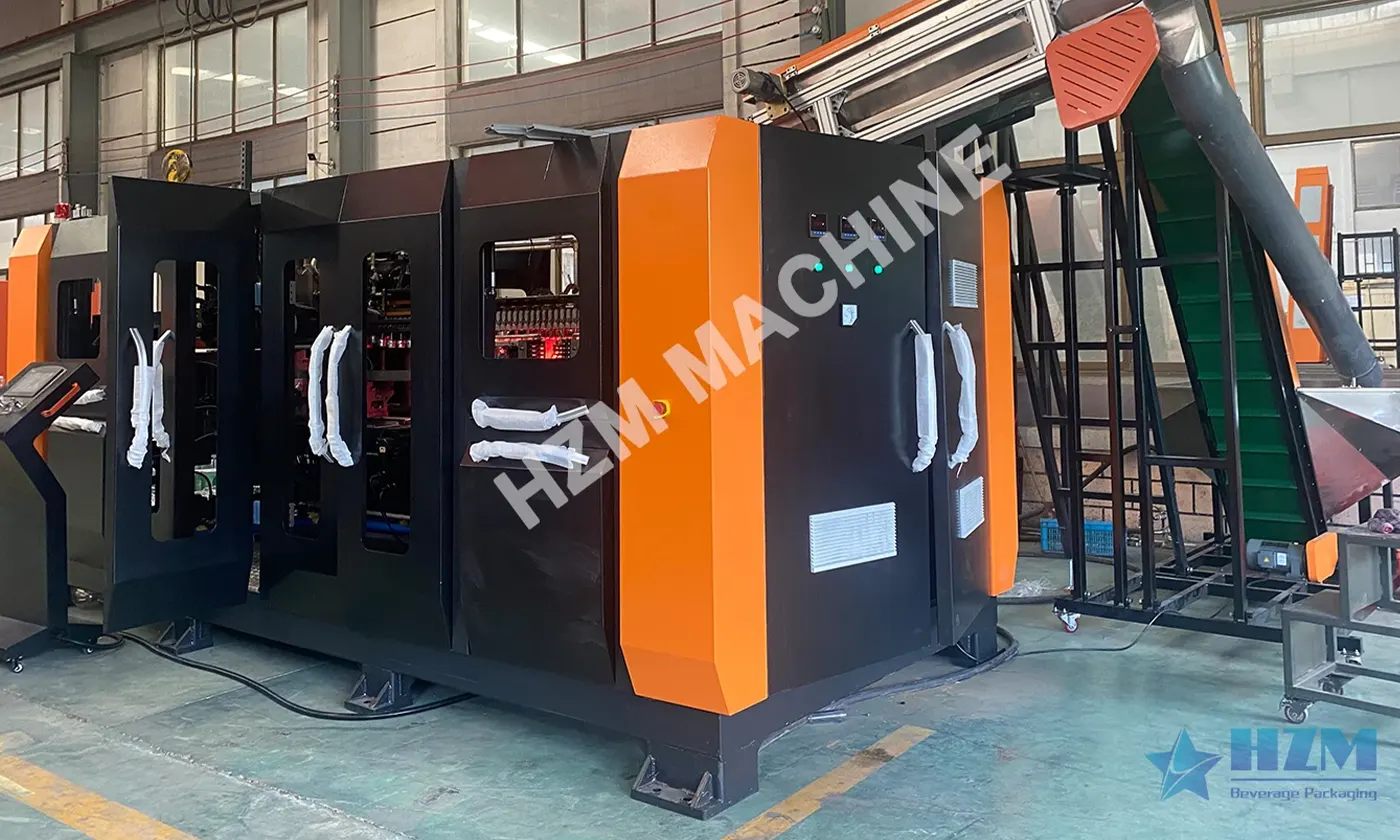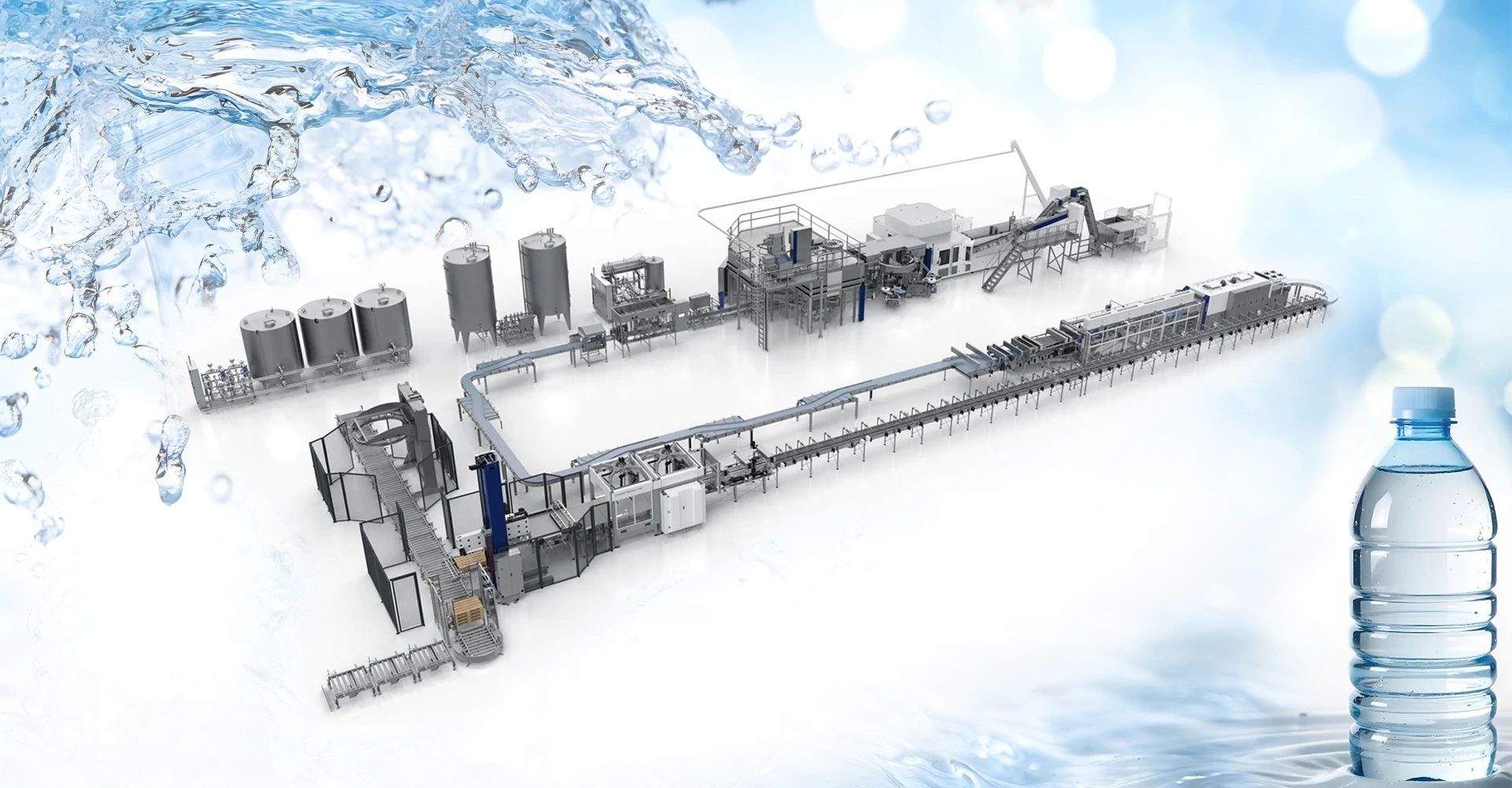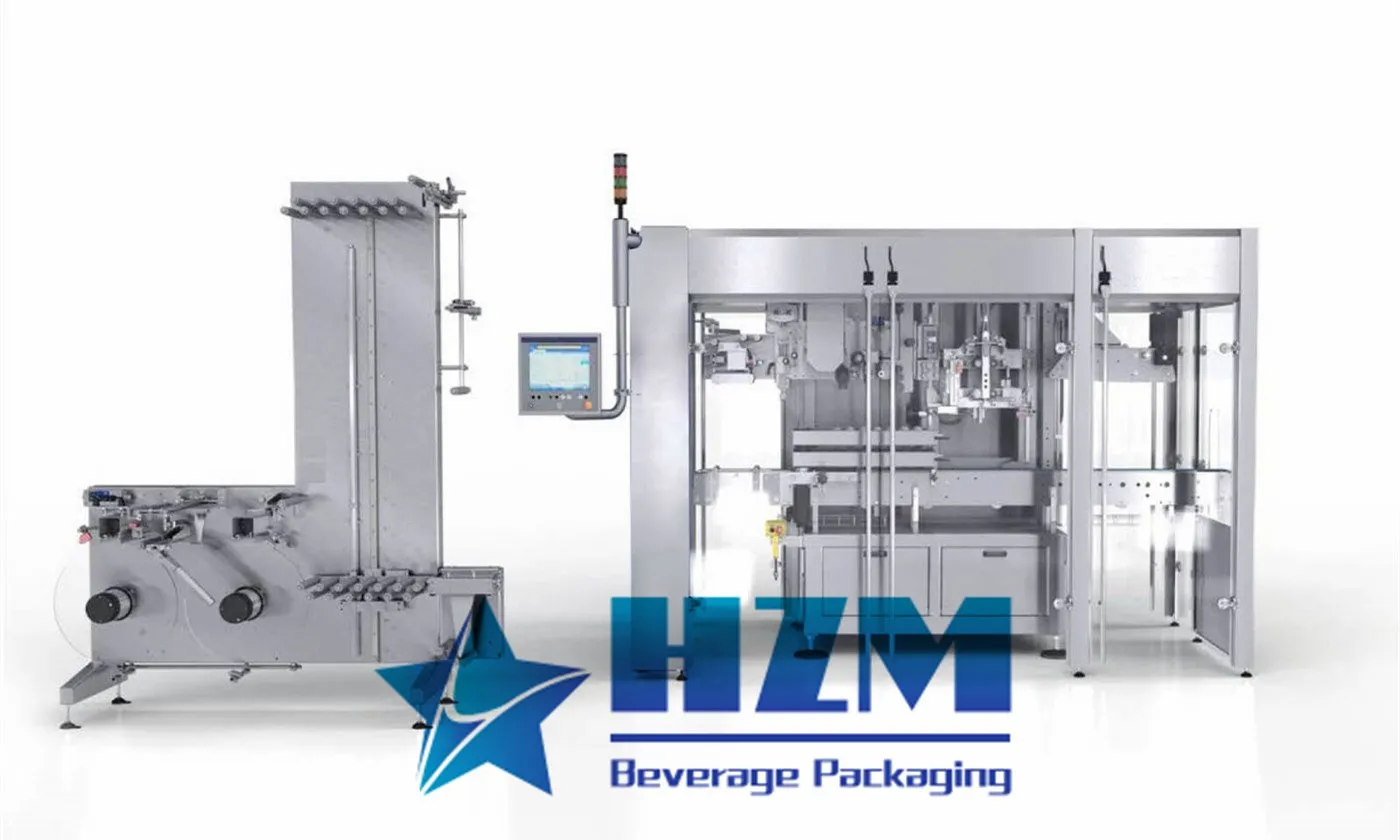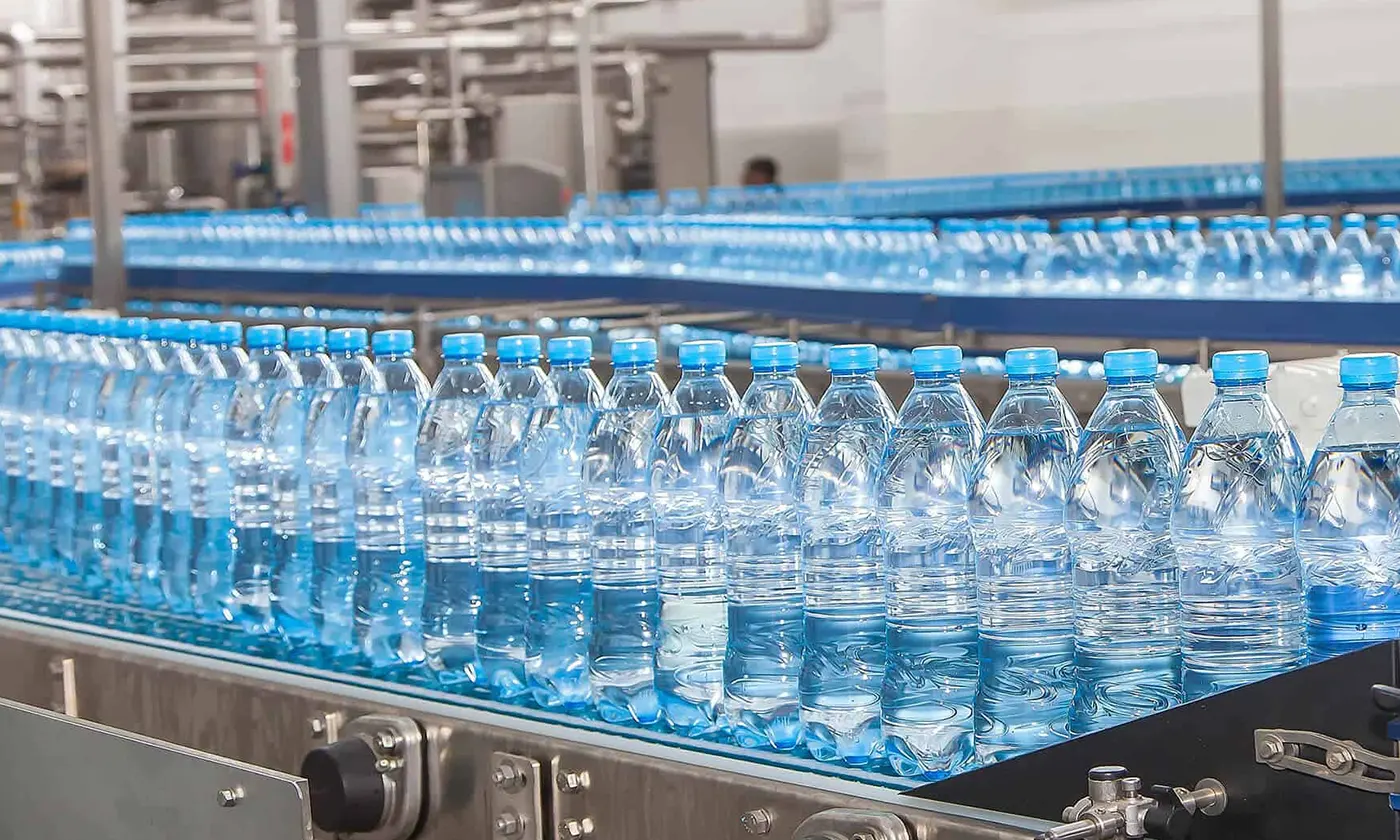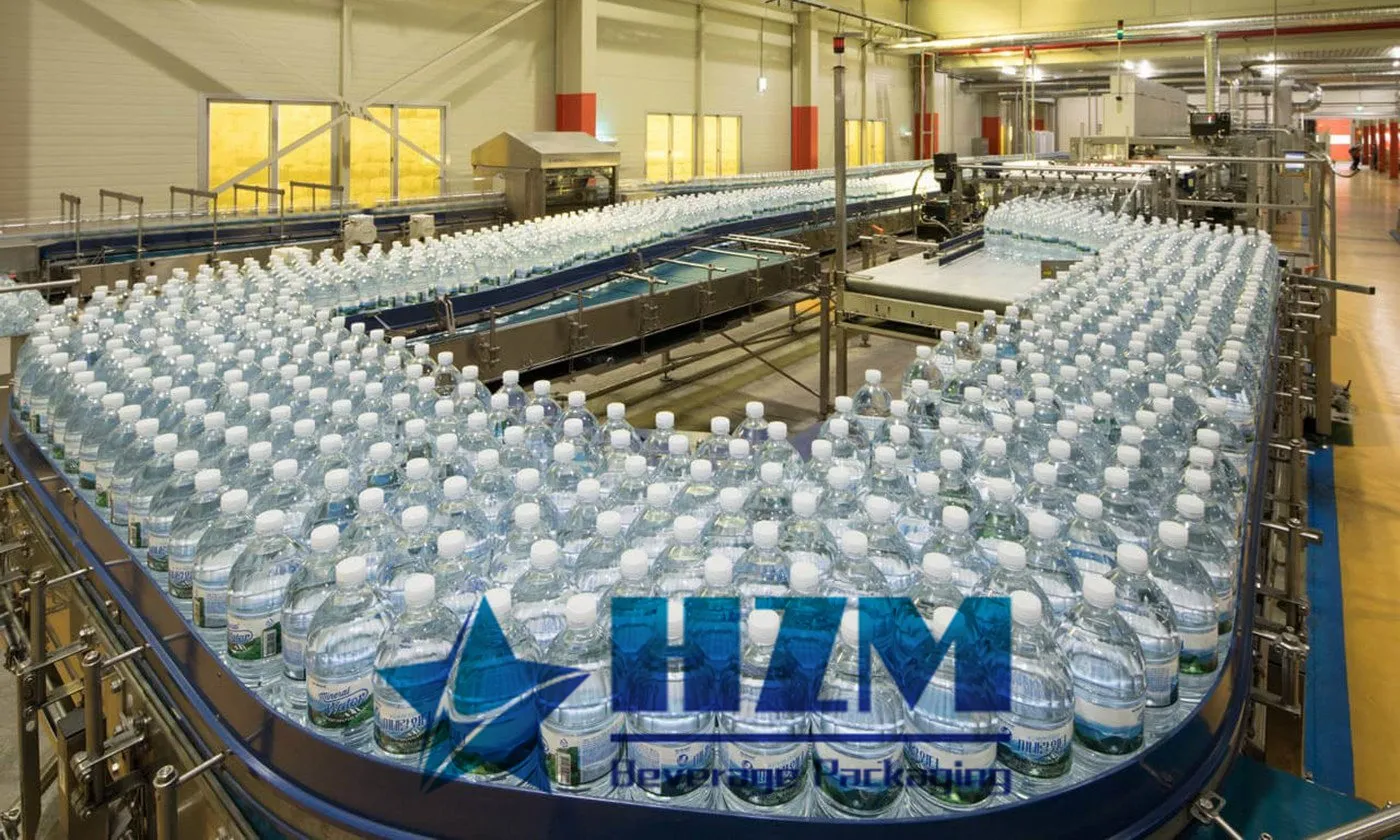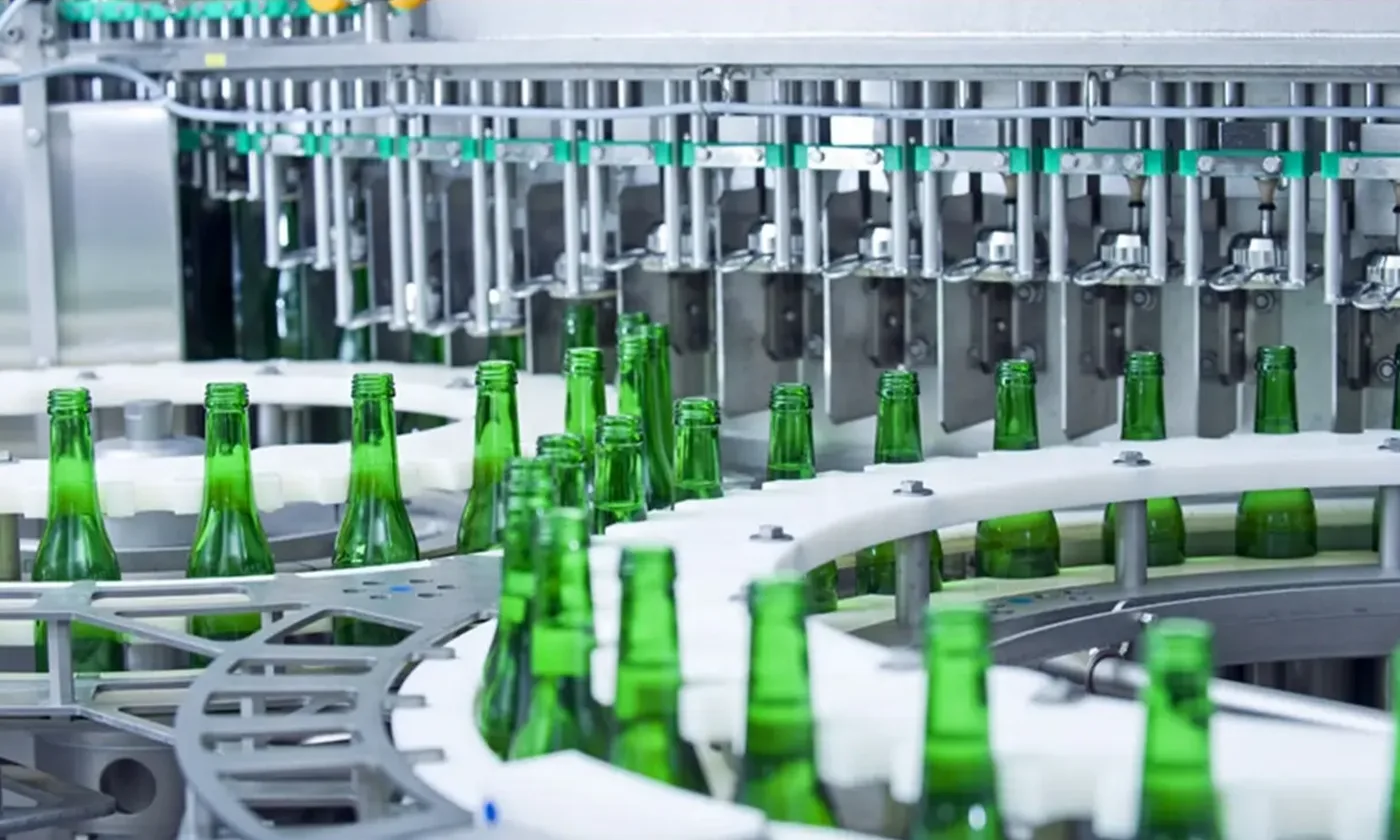
Common quality failures and solutions for PET bottle blow molding machines

PET bottle blow molding machines are complex and require precise control of various parameters to produce high-quality bottles. Despite best efforts, quality failures can still occur. Here are some of the most common issues and potential solutions:
1) High AA Value:
- Quality issues with raw material performance → Conduct quality inspection of raw materials before entering the warehouse.
- Poor drying effect → Check the operation of the drying machine (e.g., dew point, drying temperature/time).
- Barrel heating temperature too high → Lower the temperature while ensuring quality.
- Screw back pressure too high → Set the back pressure to (400 to 600 Psi) while maintaining quality.
- Excessive cycle time → Optimize cycle time (avoid excessive residence time of raw materials in the screw).
2) Yellowing of Preform:
- Excessive drying time/temperature → Release over-dried raw materials and redry.
- Barrel temperature too high → Reduce the temperature (generally increase by 2 to 5℃ without producing white mist in preforms).
- Mold temperature too high → Reduce it to the appropriate temperature (275 to 280℃).
- Prolonged residence time of material in the screw → Empty high-temperature material from the barrel.
3) Excessive Wall Thickness Variation:
- Screw temperature too high → Adjust the screw temperature appropriately.
- Excessive screw back pressure → Adjust the screw back pressure to the appropriate level.
- Injection speed too fast → Moderately reduce injection speed (usually 3.5 to 4S).
- Mold cooling water temperature too high → Check cooling water temperature (9 to 11℃ ± 2℃).
- Short cooling time → Increase cooling time (generally set to 3 to 4S).
4) Surface Scratches (Body/Thread):
- Mold with adhesive residue → Clean the mold.
- Damaged mold → Replace damaged components or repair.
- Damaged ejection plate suction tube → Replace or repair the damaged suction tube.
- Excessive mold lip ejection position/pressure → Adjust to the appropriate state.
- Improper ejection plate position → Check the distance between the ejection plate suction tube and the mold lip (generally set to 22mm).
5) Excessive IV Drop:
6) Shrinkage Deformation:
- Short cooling time → Increase cooling time (set to 3-4S).
- Insufficient holding pressure time/pressure → Extend holding pressure time (set to a total of 6-8S for all stages); increase holding pressure (Stage 1: 800Psi, Stage 2: 700Psi, Stage 3: 600Psi).
- Mold cooling water temperature too high → Reduce water temperature (set to 9-11℃ ± 2℃).
- Low mold circulating water pressure → Increase water pressure (set to 6-7Kg).
7) Unmelted Material:
- Screw heating temperature too low → Increase the temperature appropriately.
- Screw slippage causing inability to shear the material → (This phenomenon generally occurs in the production of colored oil) Check if the colored oil has excessive oil content, replace the colored oil.
- Low screw back pressure → Increase screw back pressure.
- Low drying temperature → Check if the screw feed temperature meets the requirements (normal requirement is 160℃).
8) Missing Material at the Bottle Neck:
- Insufficient injection volume → Increase injection volume (remaining position after injection is generally 5-8mm).
- Low injection pressure → Increase injection pressure.
- Slow injection speed → Accelerate injection speed (optimal injection time is 3.5-4s).
- Holding pressure position too large → Reduce holding pressure position (injection pressure: 900-1200Psi).
- Holding pressure too small → Increase holding pressure.
- Mold cooling water temperature too low → Increase cooling water temperature (set to 8-10℃).
9) Long Nozzle, Elongated Nozzle:
- Poor raw material drying effect → Stop and redry.
- Hot runner valve needle cylinder blockage → Maintain the hot runner.
- Hot runner/nozzle temperature too high → Appropriately lower the temperature.
- Short holding pressure time → Extend holding pressure time.
- Holding pressure too small → Increase holding pressure.
- Short cooling time → Increase cooling time.
10) Stringing at the Nozzle:
- Hot runner nozzle unable to close or nozzle worn out → Maintain hot runner cylinder or replace with a new nozzle.
- Hot runner nozzle temperature too high → Reduce nozzle heating temperature.
- Delayed closing time of water mouth valve → Reduce the delay closing time of the water mouth valve.
- Valve needle control valve malfunction → Maintain the valve needle control valve.
11) Water and Air Traces:
- Mold cooling water temperature too low → Increase the mold circulating water temperature.
- High workshop environmental temperature or excessive humidity causing mold condensation → Lower the air conditioning temperature.
- Mold leakage → Investigate and eliminate the cause of mold leakage.
12) Bottom Crystallization:
- Low temperature of hot runner and nozzle → Increase the temperature of the nozzle and hot runner.
- Excessive holding pressure → Reduce the holding pressure of the third stage.
- Mold cooling water too low or too high → Check if the cooling water temperature is reasonable before adjusting.
- Blockage in the mold's cold water channel → Maintain the mold's water circulation channel.
13) White Haze on the Bottle Body:
- Insufficient raw material drying → Stop and redry the raw material.
- Screw heating temperature too low → Increase the screw heating temperature.
- Screw slippage → (Generally occurs in the production of colored oil preforms) Increase the barrel temperature.
- Low back pressure → Increase back pressure.
14) Black Spots/Contamination on Preform:
- Contaminated raw material or impurities present → Release materials with impurities (Material handling personnel should always check for contamination).
- Contamination during drying → Discard materials with quality issues during drying.
- High temperatures in barrel/heating channels/nozzle → Lower the temperature to an appropriate level.
- Poor cleanliness of production environment or equipment → Maintain cleanliness in the workshop and equipment.
- Contaminated preforms in the warehouse → Maintain cleanliness in the warehouse environment and ensure intact packaging.
TAG: Blow Molding Machine PET Bottle Blow Molding Machine
-
![Core Selling Points of Glass Bottle CSD Filling & Capping Line]()
Core Selling Points of Glass Bottle CSD Filling & Capping Line
-
![Customizable beverage filling system]()
Customizable beverage filling system
-
![Differences Between Hot Filling and Cold Filling in Beverage Filling Machines]()
Differences Between Hot Filling and Cold Filling in Beverage Filling Machines
-
![Selecting a Dedicated RO Reverse Osmosis Water Treatment System for a Purified Water Beverage Production Line]()
Selecting a Dedicated RO Reverse Osmosis Water Treatment System for a Purified Water Beverage Production Line
-
![How Fast Is the Labeling Speed of Tea Beverage Packaging Machines?]()
How Fast Is the Labeling Speed of Tea Beverage Packaging Machines?


